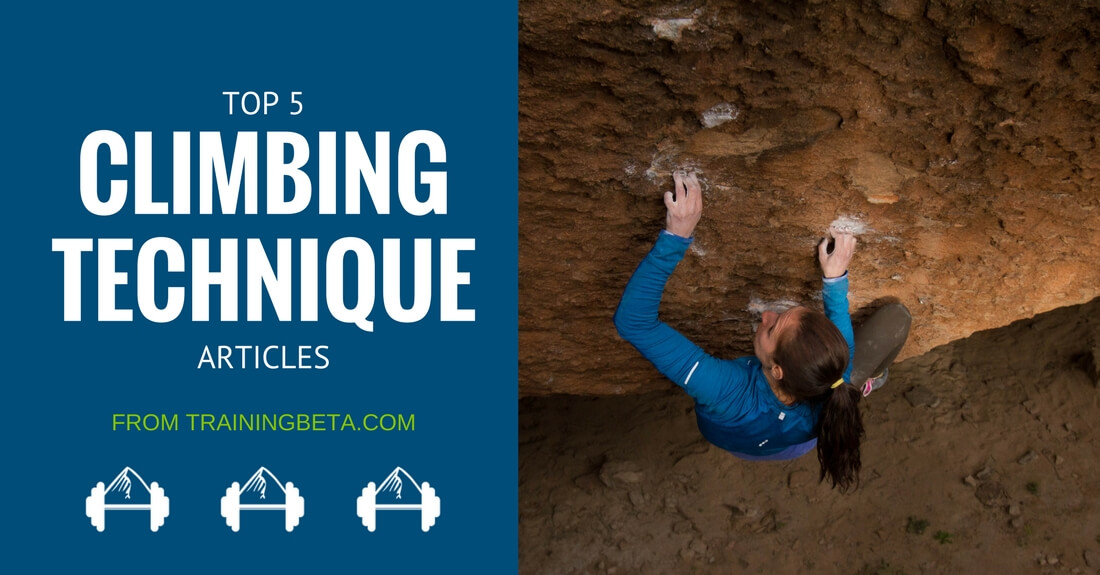Climbing is first and foremost a skill sport. No amount of strength or power is going to get you up difficult routes and boulders if you don’t know how to move properly and have good climbing technique.
However, working on your climbing technique is easier said than done. It’s not simply enough to go climbing and hope that you become more technically proficient. Things like footwork, body awareness, and movement need to be consciously practiced.
To help you become a better not just stronger climber, here are the top 5 articles from the TrainingBeta Blog about climbing technique and ways we can work on improving our technical skills.
Top 5 Articles on Climbing Technique:
-
Skill Acquisition and Technique
- “This article will not be about the multitude of techniques and subtleties present in climbing movement as many techniques deserve much more attention and could probably warrant their own individual articles. The article will however discuss some of the science behind learning skills and provide some suggestions for productive practice and coaching.” – Joshua Rucci
-
Improving Footwork with Dave Sheldon
- “Learning to optimally place and weight your feet means you don’t have to hold on as tightly with your fingers. Proper footwork also puts your body in a position that allows the next set of handholds to be reached with maximum economy. With this in mind, most climbers would admit that if they worked a bit on footwork, their climbing would improve. Ironically, footwork is typically the last skill addressed when climbers set out to progress.” – Dave Sheldon
-
Movement Practice with Steve Bechtel
- “In climbing, we seek performance. We look to finish the pitch or the problem, and frequently de-focus technique or perfecting movement in favor of completion. Your first task in getting better is to chunk it down. Instead of being focused on the whole problem, you’ll need to analyze each position and movement. Let me give you a personal example: Over the years, I acquired a “hold-based” view of climbing. What I mean is that my sequencing normally only went as deep as which limb goes where and in what order. Left hand: 2 finger pocket, right foot on the little edge… What I realized a few years ago is that body position is one of the big x-factors that separates the average from the elite. It’s not finger strength, not even conditioning most of the time. I could get on the same holds as elite climbers, could even hold them, but the movement failed me because my positioning was wrong.” – Steve Bechtel
-
Climbing Technique for Shorter Climbers
- “The reason for turn out is that it allows for dynamic movement. Dynamic movement is using momentum to help propel your body to the next hold. This is a technique that took me quite a while to get used to. I spent most of my climbing career as a very static climber. I had amazing lock off strength and would lock off everything and climb incredibly slow. Sometimes, a low lock off still wasn’t enough reach and even if it was, locking off took way too much energy. So, I learned to jump and use power and force (dynamic movement) to reach the next hold. There are two main types of dynamic movement deadpoints and dynos.” – Dana Bleiberg
Cover photo: (Marieta Akalski bouldering in Hueco; photo credit: Edwin Teran | @edwinteran)





Leave A Comment